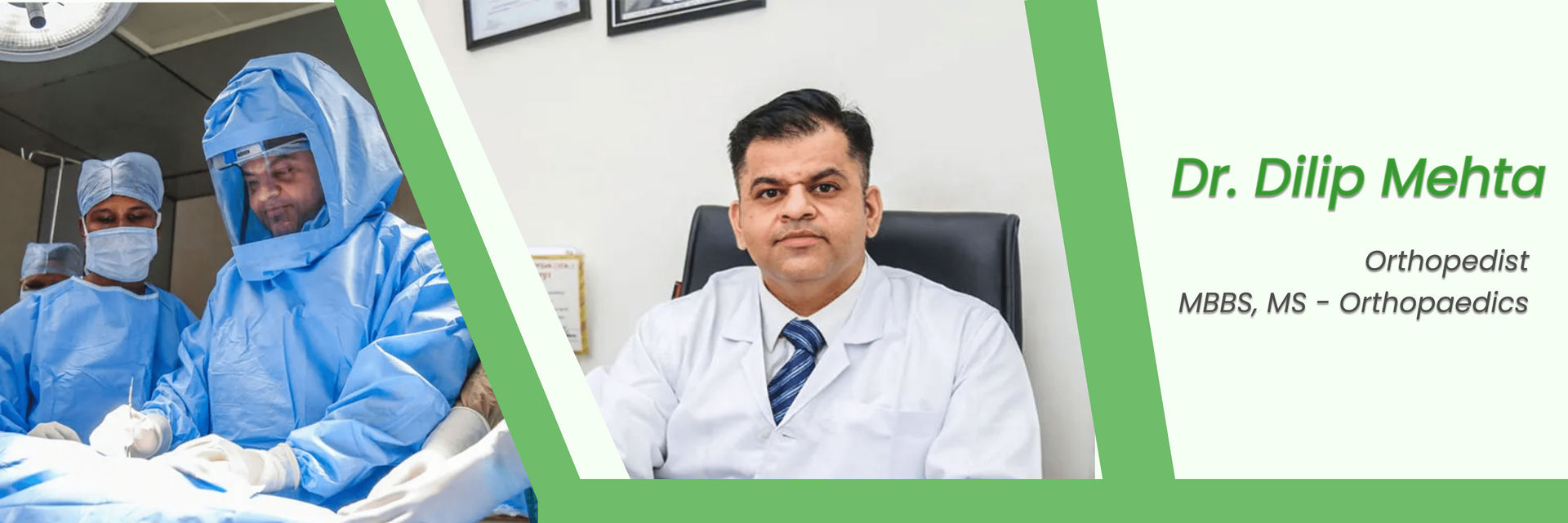
Recovering from ACL surgery is a critical period that can significantly influence long-term knee function and stability. The first month post-surgery is particularly important for setting the foundation for successful rehabilitation. Here’s an in-depth look at the correlation between the first month of recovery and long-term outcomes
Ready to take control of your ACL recovery journey? Schedule a consultation with an experienced orthopedic surgeon today and get tailored guidance suited to your recovery needs!
Understanding ACL Surgery
Anterior Cruciate Ligament (ACL) surgery involves the reconstruction or repair of the ACL, which is critical for knee stability. Surgeons use a graft from another tendon around the knee to replace the torn ACL. This surgery is vital for athletes and active people. They want to stay very active. It fixes knee stability and function.
Are you wondering what’s next? Our next section will guide you through what to expect one month after your ACL surgery.
What to Expect 1 Month Post ACL Surgery?
The initial 30 days after ACL surgery are focused on reducing swelling, managing pain, and beginning gentle exercises to regain range of motion. Achieving milestones in the first month, such as full knee extension and initiating weight-bearing, is correlated with better long-term function and a quicker return to activities.
- Pain and Swelling Reduction: Although some pain and swelling may persist, they should be significantly less than right after surgery. Using ice and keeping the leg elevated can help manage these symptoms.
- Increased Mobility: You should notice an improvement in how much you can move your knee. Physical therapy sessions will focus on increasing your range of motion, particularly in bending and straightening the knee.
- Use of Supportive Devices: Depending on your recovery progress, you might still use crutches or a knee brace to help with walking and stability.
- Physical Therapy Intensifies: Rehabilitation becomes more active, focusing on strengthening the muscles around the knee and improving joint stability.
- Gradual Return to Activities: Light daily activities can usually resume, although high-impact exercises and sports should be avoided unless cleared by a healthcare provider.
But wait, there's more. Let's dive into how you can effectively manage pain and swelling during this critical recovery phase.
How to Manage Pain and Swelling 1 Month After ACL Surgery?
- Ice Therapy: Apply ice packs to your knee to reduce swelling and numb the pain. Use it for 20 minutes every two hours as you need.
- Elevation: Keep your knee elevated above heart level to help reduce swelling. Use pillows to prop up your leg comfortably.
- Compression: Wear a compression bandage or a knee sleeve. This can provide support and help you keep swelling down.
- Medication: Take prescribed pain relievers and anti-inflammatory drugs as directed by your orthopedist to manage pain and reduce inflammation.
- Gentle Exercise: Engage in light exercises such as walking or stationary cycling, as your physical therapist recommends, to improve blood flow and aid healing.
- Rest: Ensure you get plenty of rest and avoid activities that might strain your knee too much during this recovery phase.
Curious about the exercises? Here are some safe exercises that you can start doing to boost your recovery process.
1 Month Post ACL Surgery Exercises
Exercise one month post-ACL surgery is crucial for improving knee mobility and strength. Here are some recommended activities:
- Heel and Calf Pumps: Flex and point your toes to stimulate circulation and maintain lower leg muscle activity.
- Quad Sets: While sitting with your leg straight, tighten the muscle on the top of your thigh. Hold for a few seconds, then relax.
- Straight Leg Raises: Lie on your back with one leg bent and the other straight. Lift the straight leg about 6 inches off the ground, hold for a few seconds, and lower it back down.
- Partial Squats: Stand with feet hip-width apart and squat down to a chair behind you, ensuring your knees do not extend past your toes.
- Stationary Biking: Cycling on a stationary bike with little to no resistance helps improve joint movement and is gentle on the knee.
- Leg Presses: A very lightweight leg press machine can help strengthen your leg without putting excessive strain on your knee.
What about complications? It's crucial to be aware of common issues that could arise, and we're here to help you understand them better.
Common Complications to Be Aware of 1 Month Post ACL Surgery
- Infection: Signs include increased redness, swelling around the surgical site, fever, and discharge. Immediate medical consultation is required.
- Blood Clots: Watch for pain and swelling in the calf, which could indicate a blood clot. If these symptoms appear, seek medical attention quickly.
- Limited Mobility: If progress in range of motion is less than expected, consult your physical therapist. Stiffness and difficulty bending or straightening the knee fully may need additional intervention.
- Excessive Swelling or Pain: Persistent or worsening swelling or pain can indicate improper healing or activity levels that are too high.
- Numbness or Tingling: These sensations around the incision site or in the foot can occur due to nerve irritation during surgery.
Correlation with Long-Term Outcomes
The efforts made in the first month post-surgery directly correlate with long-term outcomes. Adhering to the rehabilitation protocol and achieving early milestones can lead to:
- Improved Knee Stability: Early mobilization and strengthening contribute to the knee's stability, which prevents re-injury.
- Reduced Risk of Complications: Following the prescribed rehabilitation plan can reduce the risk of complications such as stiffness, chronic pain, or graft failure.
- Faster Return to Activities: Patients who actively participate in their rehabilitation often experience a faster return to daily activities and sports
What is the Longest Recovery Time for a Torn ACL?
Returning to a normal routine depends on the patient's progress. It also depends on the type of their daily activities. Office workers might return to work within a few weeks after surgery. The longest recovery time for a torn ACL usually takes six to nine months to recover from a torn ACL. Competitive athletes may need a little longer than this to heal fully before they're cleared to return to their sport. This timeline ensures the graft fully integrates, and the knee regains optimal strength and stability.
Need personalized advice? Book an appointment now and get detailed insights and tips to enhance your mobility!
Conclusion
The first month after ACL surgery is a pivotal period that can determine the trajectory of a patient’s recovery. Patients and healthcare providers can work together to optimize healing by understanding the correlation between early rehabilitation efforts and long-term outcomes.
FAQs
Why is Physical Therapy Crucial in the First Month After ACL Surgery?
Physical therapy helps restore movement and strength to the knee, preventing stiffness and promoting healing.
How does Emotional Recovery Compare to Physical Recovery?
Emotional recovery can be challenging, as patients adjust to temporary physical limitations and dependency.
Can walking too much 1 month post ACL surgery cause any trouble?
Yes, excessive walking can strain the healing graft and potentially delay recovery.
Will I ever be 100% after ACL surgery?
Many patients regain full function after ACL surgery. But, outcomes vary by injury severity and rehab adherence.
Can I travel 1 month after ACL surgery?
Travelling is possible but may require precautions, such as using support braces and scheduling frequent breaks to move and stretch.
Can I Walk After 1 Month of ACL Surgery?
Walking one month after ACL surgery is often possible. Without crutches, a brace may still be required by the end of the second or third week. Patients should expect to walk with a limp and might require periodic rest. Walking should be done cautiously to avoid stressing the healing graft.
How to Sleep 1 Month After ACL Surgery?
The best sleeping position after ACL surgery is the one that provides you with the most comfort. For most people, this tends to be sleeping on their back or side. This position allows your knee to extend, which can help reduce swelling fully.
Reference Links:






